Nature’s Harmony
In the heart of Hiroshima lies Shukkeien Garden, a serene space where nature is meticulously crafted to create harmony. This photo collection demonstrates the Japanese art of shaping landscapes, blending beauty, tradition, and tranquility in Shukkeien and beyond.
Storytelling > Nature’s Harmony
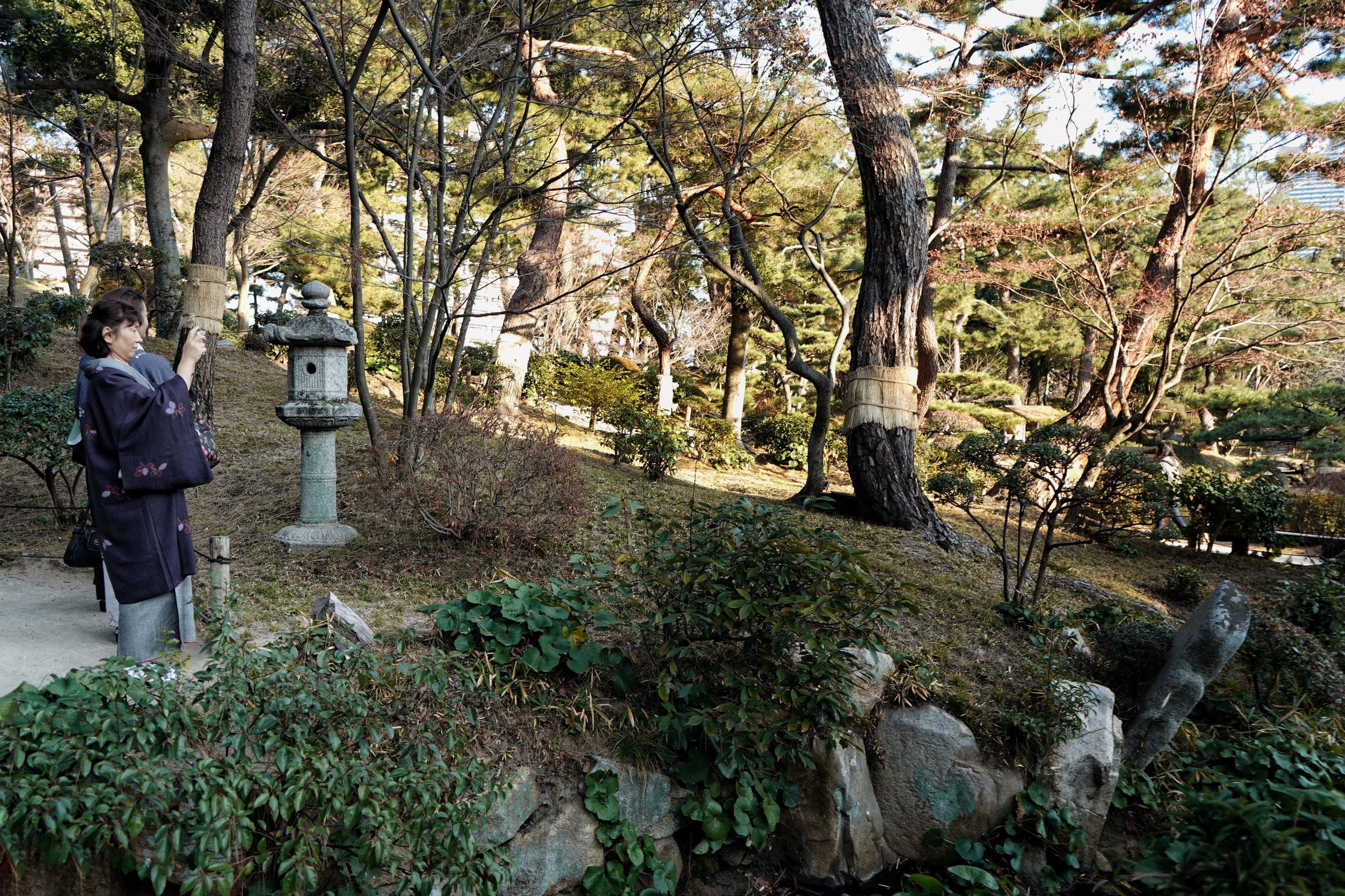
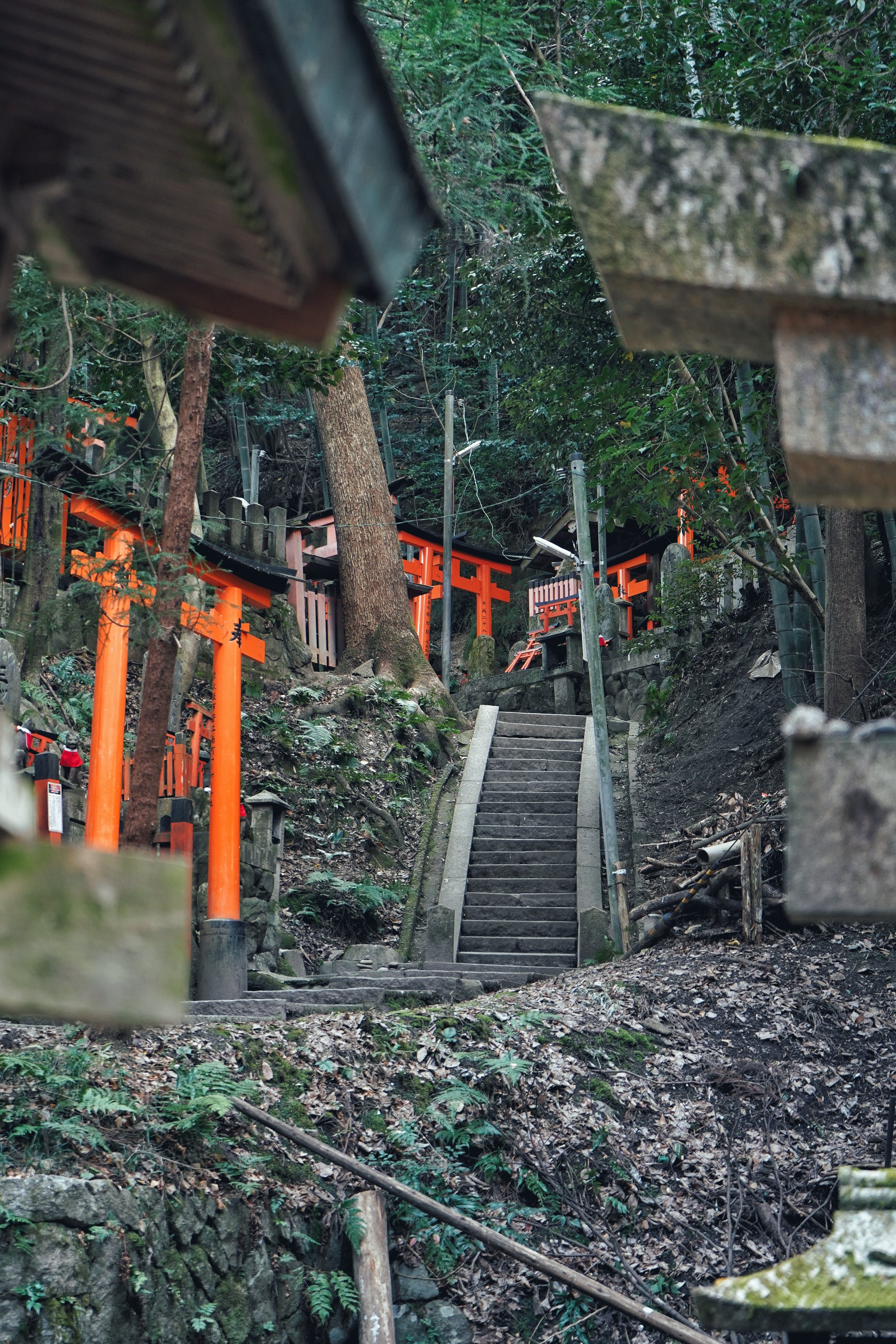
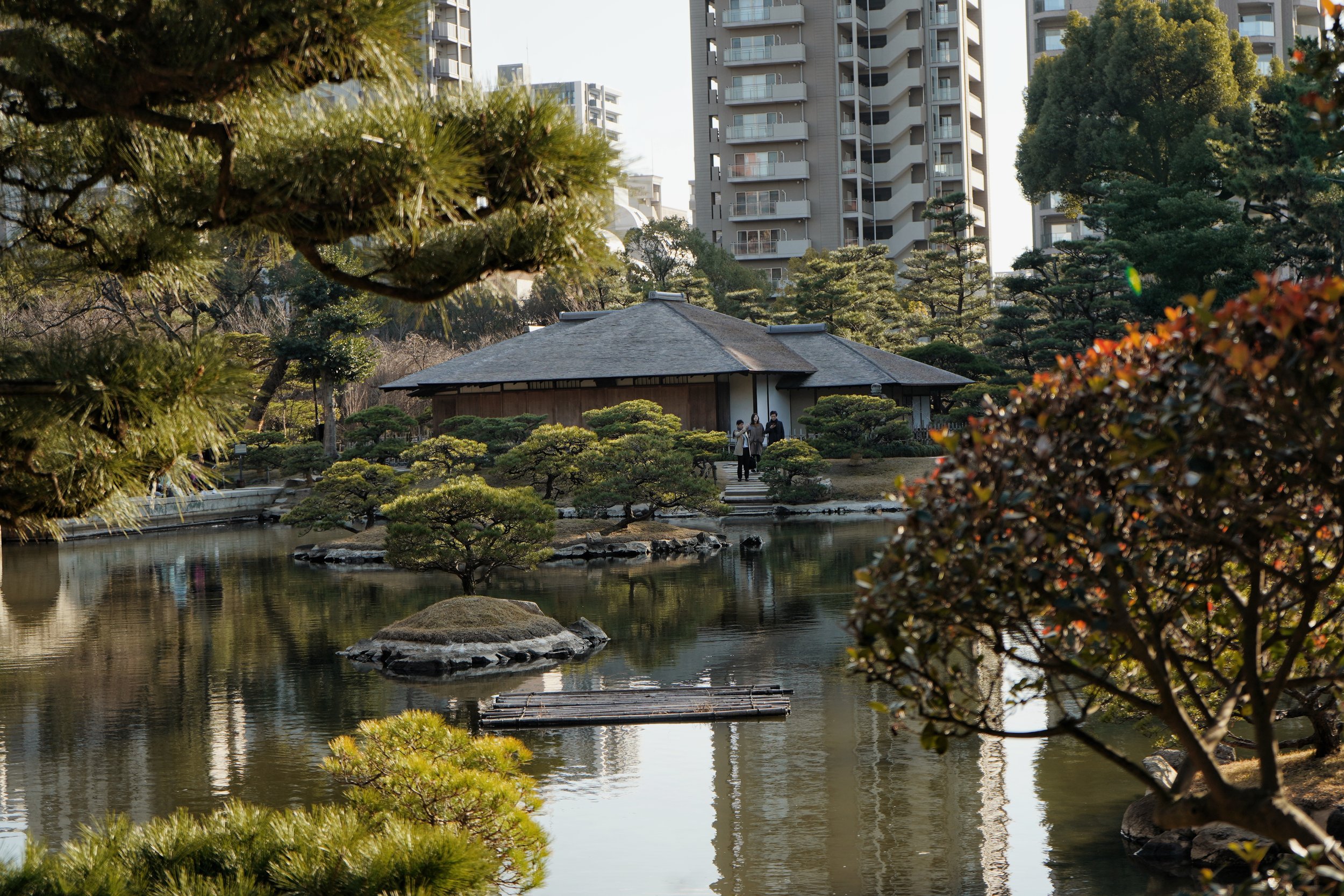
Japanese gardens are renowned for their ability to transform natural landscapes into serene, balanced spaces. Shukkeien Garden in Hiroshima is a perfect example of this tradition. Originally designed in the 17th century, the garden embodies the concept of shakkei, or "borrowed scenery," where distant views are integrated into the garden to create a sense of seamless harmony.
The winding paths lead visitors through carefully placed rocks, koi-filled ponds, and bridges that frame views as if they were living paintings. Techniques like miegakure (hide-and-reveal) add an element of surprise, guiding the eye to hidden treasures behind bends and under arches. Miniaturization, another key element, is evident in the way trees are pruned and shaped to mimic full-grown forests in miniature, creating a sense of vastness within a confined space.
At Shukkeien, every element—from the meticulously pruned pines to the way water flows around the stones—reflects a deeper philosophy of harmony between humans and nature. This approach extends beyond gardens, influencing the broader Japanese appreciation for subtle beauty in daily life. In this collection, I explore how these principles shape not just Shukkeien but also other nature-inspired aesthetics, showing a culture deeply attuned to the delicate balance of design and nature.

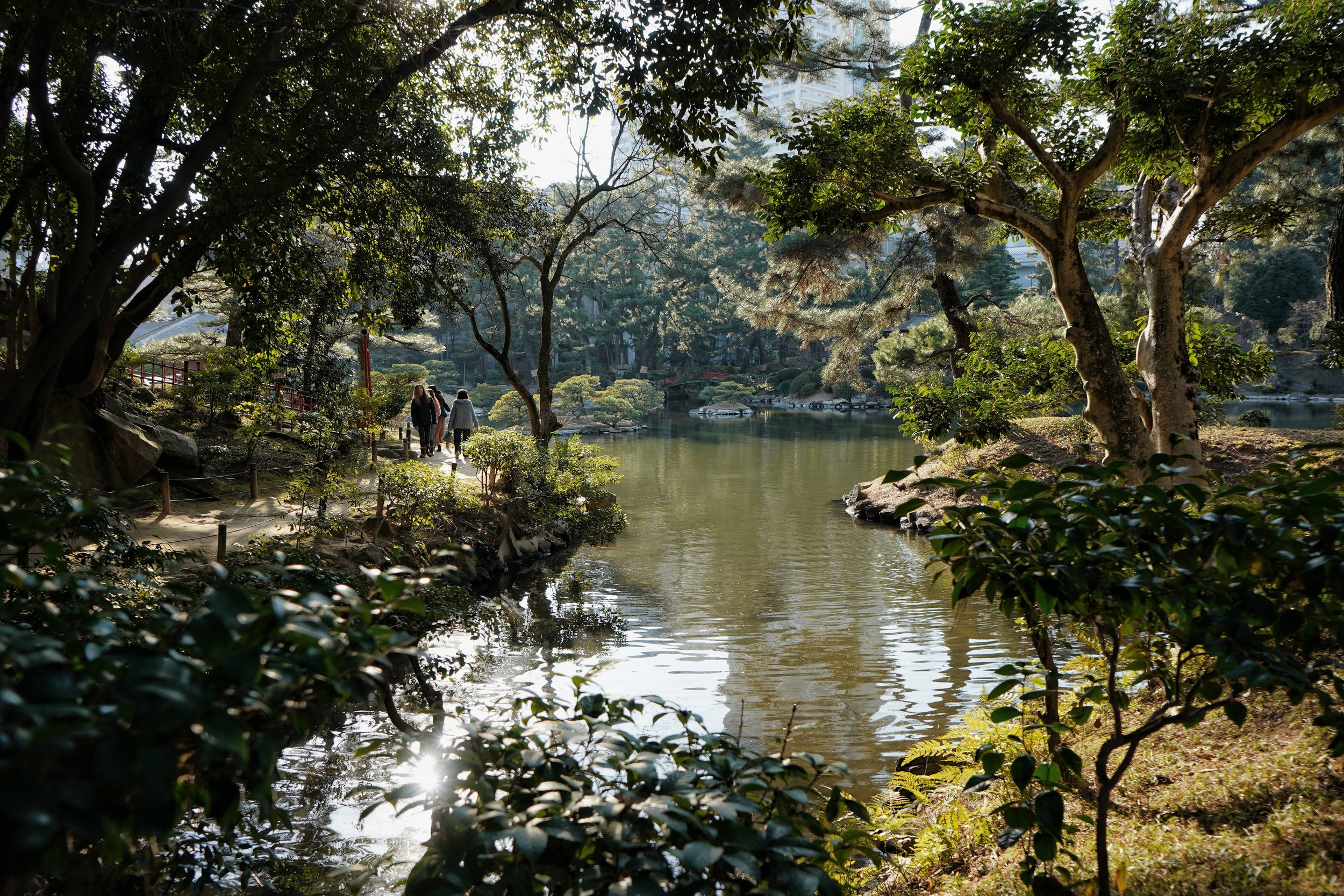
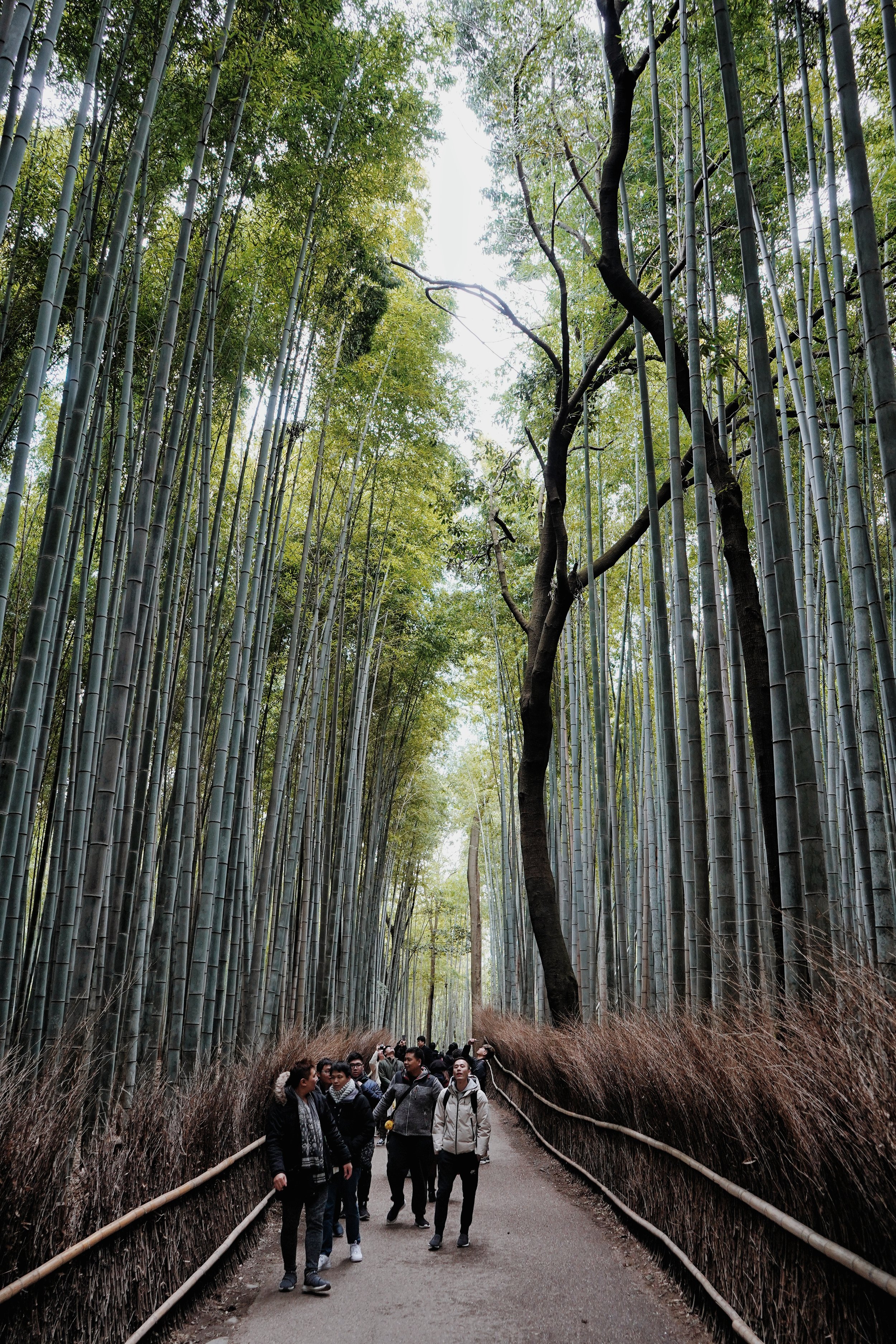
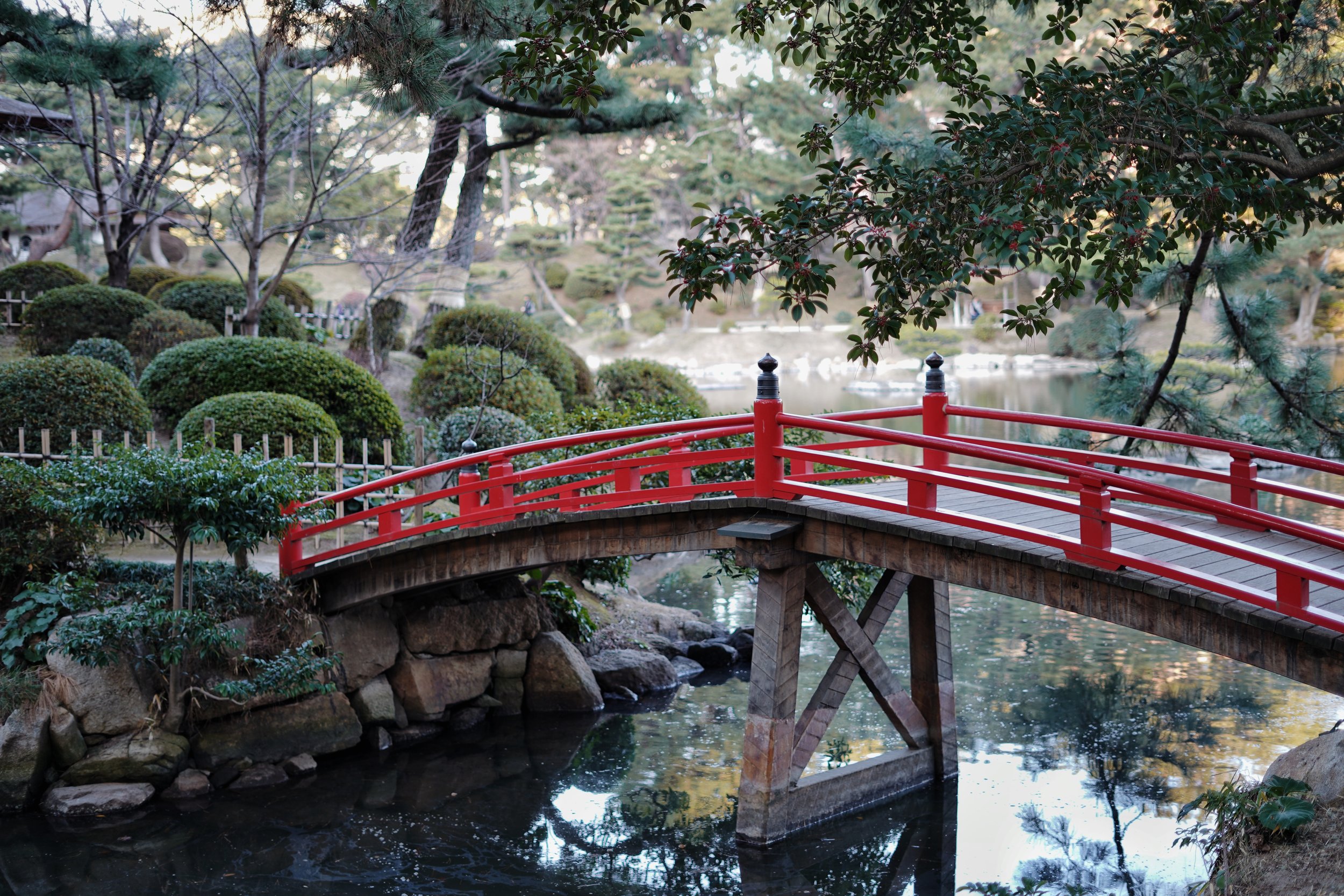
Insights
"Nature's Harmony" reflects the enduring Japanese philosophy of finding balance between humanity and the natural world. Personally, exploring gardens like Shukkeien deepens my appreciation for the subtle art of creating harmony through design. It could serve as another example of my attraction to good design in my own practice. On a broader level, this collection evokes consideration of how thoughtfully manipulating natural elements can lead to spaces that promote peace, reflection, and a sustainable coexistence with the environment.
Related stories
-

From miniaturization of shrubs to maximization of water, observe Victoria Falls.
-

See how an ancient civilization used their own aesthetic forms for communication.
-

The connection between Hindus and the Ganges - a different kind of nature appreciation.
Storytelling has the power to drive change.
Let’s work together to tell the stories that matter most.